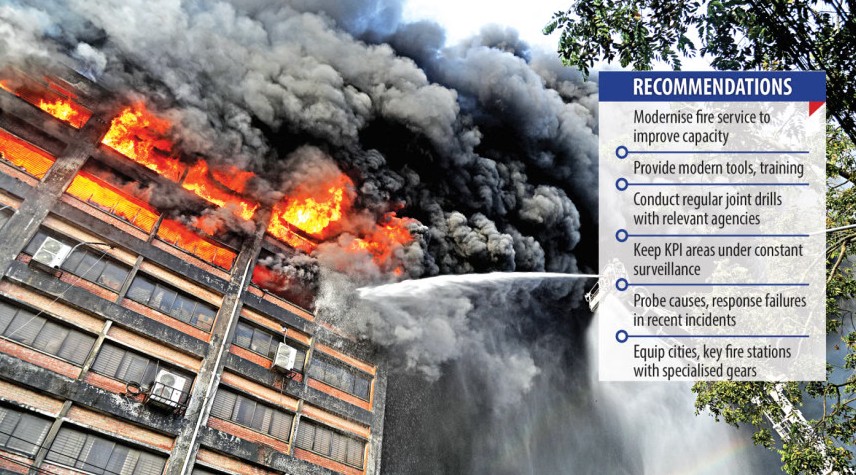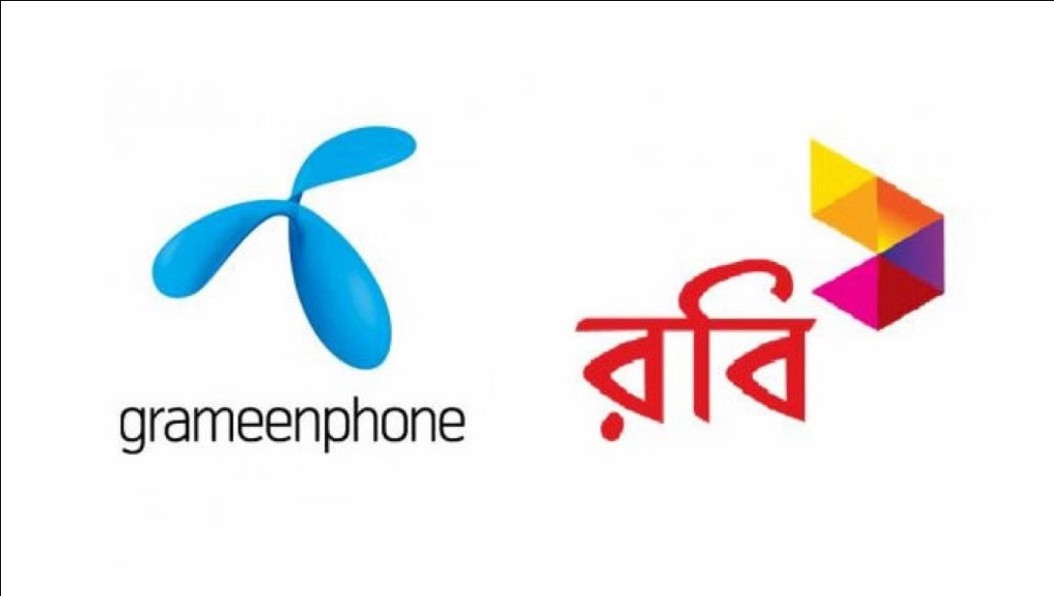Lack of basic fire safety measures, poor coordination among agencies, and weak emergency response systems are the main reasons why three recent major fire incidents could not be brought under control quickly, said experts and officials.
They made the observations after analysing the fires at Dhaka airport, the Chattogram Export Processing Zone, and a chemical warehouse in Mirpur — all of which exposed the Fire Service and Civil Defence’s limited capacity to handle chemical and large-scale industrial fires.
Experts expressed grave concern over the incidents, which occurred within just six days, noting that two of them took place in key point installation areas.
“The capacity to deal with general and chemical fires is different, so the entire department needs modernisation,” Brig Gen (retd) Abu Nayeem Md Shahidullah, former director general of the fire service, told The Daily Star.
He urged the government to equip the fire service with the tools and training required to tackle chemical fires effectively.
“Initial response, alarm systems, and water supply — all are part of fire management. Major weaknesses were visible at all three sites. Authorities should verify whether joint drills between the fire service and relevant agencies are being conducted regularly,” he said.
The fire at Dhaka airport broke out around 2:30pm on October 18 and took more than 26 hours to douse. Similarly, the Chattogram EPZ fire, which started around 2:10pm on October 16, raged for over 24 hours.
Fire service officials said the absence of basic safety measures made both operations difficult.
Brig Gen (retd) Ali Ahmed Khan, another former fire service DG, said KPI areas like airports and EPZs should remain under constant surveillance.
“Even if a fire breaks out, it shouldn’t burn for so long. Despite the presence of the airport’s own capable fire service unit, the delay in controlling the fire indicates negligence,” he said.
He called for a full investigation into the causes and response failures.
Major (retd) Shakil Newaz, former director (operations) of the fire service, said weak preparedness and administrative complications caused the delays in response.
The Mirpur chemical warehouse fire broke out around 11:30am on October 14 and took about 27 hours to control.
Earlier, on September 22, three fire service officials died while tackling another warehouse fire in Tongi’s Sahara Market area.
Contacted, fire service DG Brig Gen Muhammad Jahed Kamal said several measures are underway to enhance the department’s capacity.
“Modern buildings now use highly flammable decorative materials that make fires spread fast. When we arrive after it reaches the ‘developed stage’, it naturally takes longer to control,” he said.
He said in cases involving chemicals, firefighters must act cautiously to avoid further hazards. “Since most institutions lack basic firefighting systems, small fires often turn into massive incidents, causing further delays,” he said.
According to fire service sources, following a meeting chaired by the disaster management ministry secretary on May 4, a proposal was sent to the Ministry of Industries to enhance the fire service’s capacity for chemical disaster risk reduction, response, search, and rescue operations.
The proposal includes allocating one Hazmat tender — a specialised emergency response vehicle for hazardous materials — for each divisional city and for stations near land, river, and airport areas, alongside all necessary equipment.
The specification and rationalisation process of these tools and vehicles is currently ongoing.
DG Kamal added, “If these vehicles and equipment are available, it will be easier to control chemical and hazardous fires. With the disaster management ministry’s support, we are working to strengthen our overall firefighting capacity.”
Courtesy: Daily Star Online





